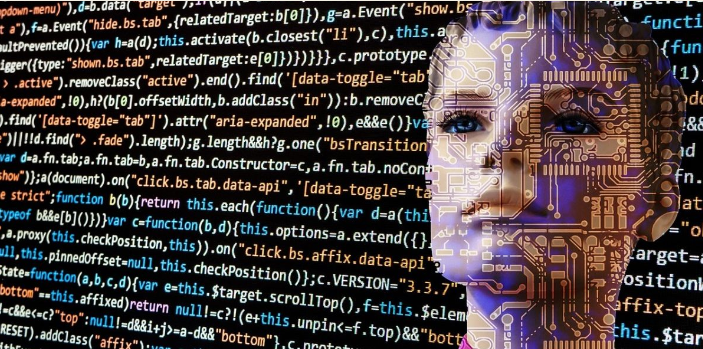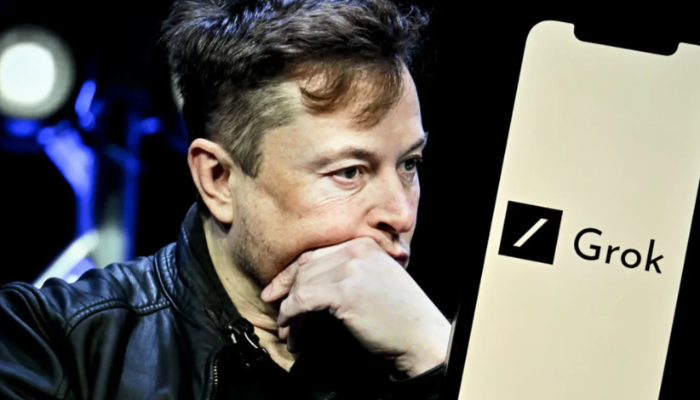
Artificial Intelligence (AI) is revolutionizing the way we interact with technology, raising both excitement and fear. As AI systems evolve and become increasingly autonomous, they are making decisions and performing tasks that were once solely within human control. However, with this autonomy comes a series of unprecedented legal challenges, particularly when AI systems cause harm or malfunction. The issue of accountability—who is responsible when something goes wrong—remains one of the most significant dilemmas facing the legal system today.
Consider a scenario in which you own a self-driving car, and while the vehicle operates in autopilot mode, it crashes into another car. The question then becomes: Who is to blame? The car owner, who wasn’t controlling the vehicle? The car manufacturer, who designed the self-driving technology? Or the AI system itself, which made the decision to drive autonomously? This dilemma highlights the complexities of AI-related litigations and the difficulties in determining liability when harm is caused by a machine rather than a human being.
AI was initially envisioned as a tool to replicate human intelligence, to increase efficiency and improve decision-making. In many ways, AI has achieved this goal—life has become more convenient, and industries have benefitted from automation and enhanced productivity. However, as AI becomes integrated into sectors such as automotive, healthcare, and finance, its applications bring forth new legal burdens. The legal system is struggling to keep up with the rapidly evolving technology, creating a gap between innovation and the frameworks needed to regulate its use.
The question of accountability becomes even more convoluted when moral decisions are incorporated into AI programming. For instance, if a self-driving car faces a scenario where it must choose between hitting a pedestrian or crashing into a wall, how should the car’s AI decide? And who should be responsible for that decision? In these instances, the blame is not only shifted between humans and machines but also within the developers who program the AI. As AI systems are tasked with making complex ethical decisions, the burden falls on human programmers to make choices for the machines.
Traditionally, liability in accidents or injuries has been clear-cut: if a product malfunctions due to a defect, the manufacturer is held responsible. However, AI systems complicate this process because their behavior can be unpredictable and adaptive. An AI system might learn from experience and alter its actions over time, making its behavior difficult to anticipate or control. Moreover, the use of “black box” algorithms—complex systems that analyze data and provide results without clear explanations—further obscures the reasons behind an AI’s decision. This lack of transparency complicates the determination of liability, as it becomes difficult to establish a direct causal link between an AI’s actions and the harm it causes.
The European Union has made strides to address these concerns with the introduction of the AI Liability Directive in September 2022. The directive seeks to clarify the process for holding AI developers accountable by establishing an automatic presumption of causality between an AI system’s fault and the damages caused. This presumption, while rebuttable, represents an important shift in how courts view AI-related liability, making it easier for plaintiffs to pursue claims against AI system providers.
In addition to the AI Liability Directive, other frameworks like the European Union’s Artificial Intelligence Act and California’s AI Safety Bill have attempted to address the issue of accountability in AI-related harm. These regulations propose penalties for AI distributors whose products cause damage, yet they do not offer a clear solution for the consumers using the technology. In fact, many frameworks place liability on the distributors of AI systems, rather than the users, creating further ambiguity in the chain of responsibility.
The Revised Product Liability Directive (PLD) 2024 also plays a role in this conversation. This regulation allows third parties responsible for defective components of AI systems to be held accountable. However, it also presents a dilemma: if a car manufacturer modifies a third-party AI component, they may become liable for any harm caused, thus shifting blame away from the AI system provider. This provision complicates the determination of liability, particularly when AI systems are integrated from multiple sources and undergo modifications.
Moreover, the issue of AI “hallucination” adds an additional layer of complexity. AI systems are capable of making errors that do not stem from a defect in the original programming but arise from the machine’s learning process. These “hallucinations” can result in unpredictable behaviors, and since these errors may not have existed at the time the system was placed on the market, AI providers may claim exemption from liability under certain regulations. This loophole raises significant concerns about the accountability of AI system providers and the protections available to consumers.
As AI continues to advance, the need for updated regulations becomes more urgent. The existing frameworks are often inadequate to address the full range of issues associated with AI-related harm, leaving consumers vulnerable to the unpredictable nature of these technologies. While California’s AI Safety Bill offers some protection by making indemnity clauses void, global legislation must continue to evolve to ensure that AI system providers are held accountable for the harm their products cause.
The legal community must grapple with these challenges and work towards creating a system that adequately balances the interests of innovation with the rights of consumers. As AI becomes increasingly integral to our daily lives, the responsibility for its actions cannot be left unaddressed. The future of AI-related litigation depends on how well we can navigate these complex issues of accountability and responsibility.







